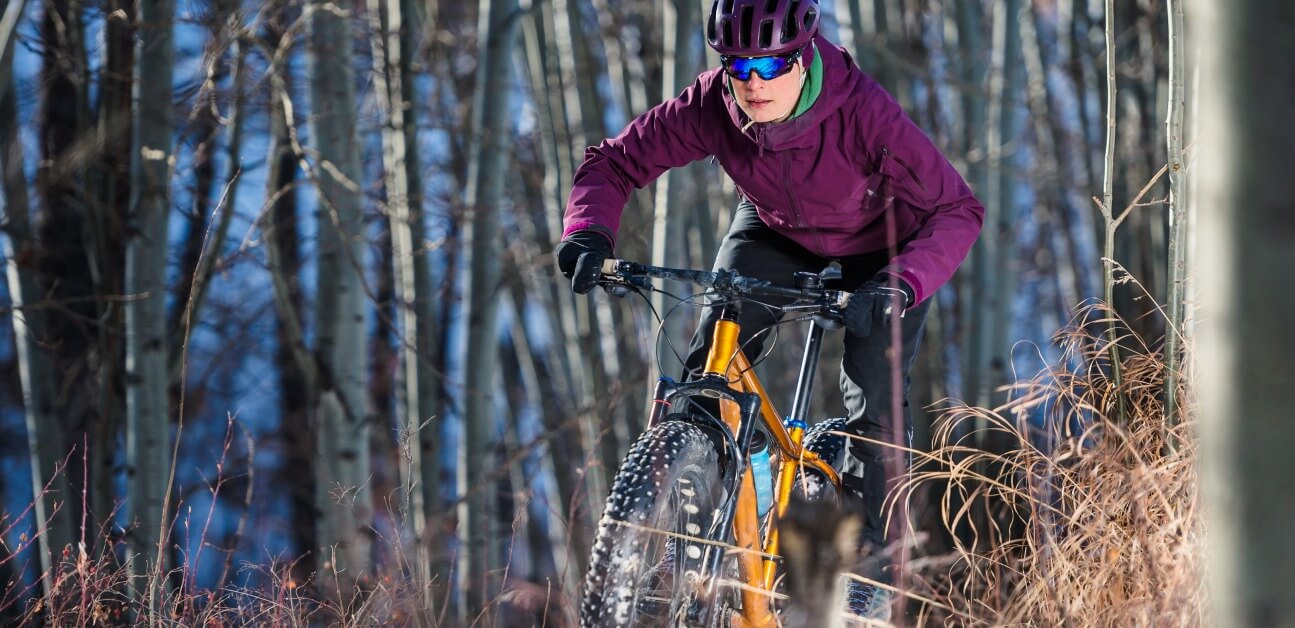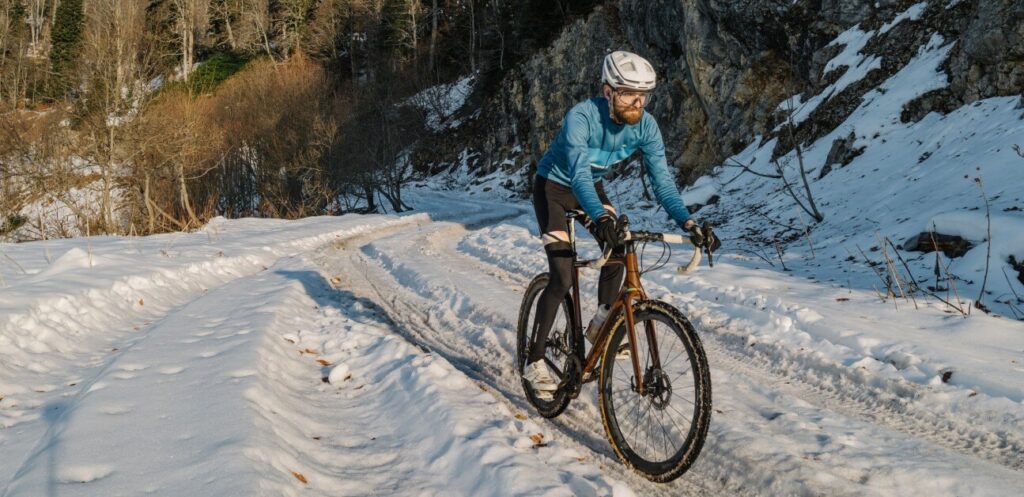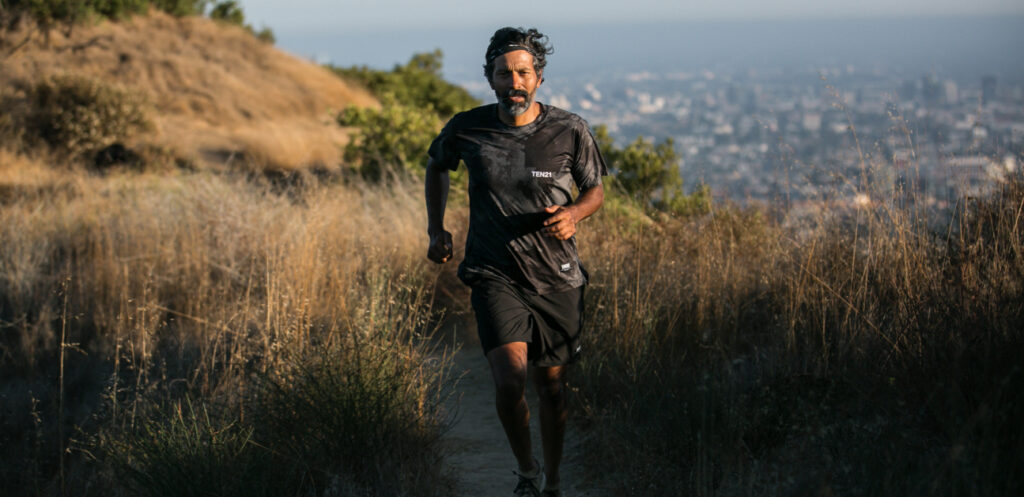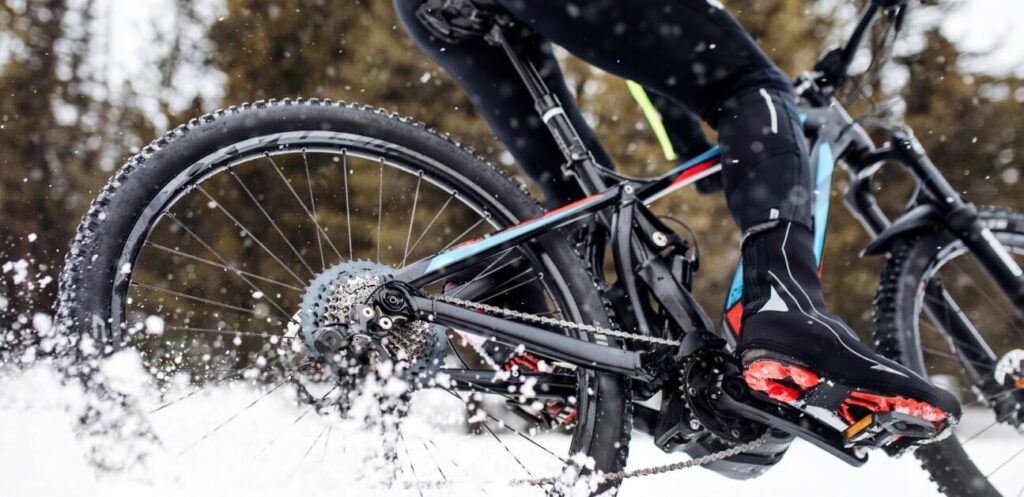10 Tips for a Successful Winter Training Season

For many cyclists, the winter season offers an opportunity to reset and begin a new season of training. Here are ten tips to make the most of your winter training.
1. Set Process Goals
For many cyclists, the winter training season is a time to start planning events and choosing goals. Goals not only provide direction for your training but also provide motivation. Typically, we’re inclined to focus on outcome goals, like event results. However, these types of goals can sometimes overshadow the small and critical steps to achieving them.
Adaptive Training
Get the right workout, every time with training that adapts to you.
Check Out TrainerRoadSetting process goals is an incredibly powerful strategy that can help you achieve your outcome goals. Process goals are the things that you can do on a regular basis to achieve your desired outcome. They provide daily benchmarks and successes while also allowing you to track your progress. For more on some goals to focus on, check out 5 Useful Process Goals to Motivate Your Winter Cycling Training.
2. Focus on Consistency
Consistency is the key to getting faster. But it’s easier said than done. Between the holidays, work, and life, there’s plenty that can hinder your ability to stay on track. One idea is to use the winter training season to create a routine that works for you. Routines help reinforce good habits while reducing your cognitive load.
Another great tip for consistent training is to start instead of skip. It’s better to start a workout, and only make it through a small portion than to skip a workout. That said, sometimes you might be overly fatigued and need a day off. In that case, listen to your body. When motivation is low and you don’t want to get on the bike, just start the first fifteen minutes of the workout. More often than not you’ll feel better once you start going. You might even complete the whole workout. But regardless of whether or not you make it through the entire thing, the habit you’re building is getting on the bike.
3. Pick the Right Training Volume
Often, cyclists can fall into the trap of more is better. If a small amount of training is working, then increasing volume would be even better, without questioning whether it’s the most sustainable or predictive way. In reality, every athlete is unique with different lifestyles, goals, and schedules. The best volume for you is one that fits with each of these so that you can consistently complete workouts.
TrainerRoad offers three different plan volumes: low, mid, and high. While the hourly commitment can vary, on average, the low-volume plans have three structured workouts per week, the mid-volume plans have five, and the high-volume plans have six. If you are new to structured training, we recommend starting with a low-volume plan. Low volume is also great if you want to include unstructured outside rides over the winter months.
4. Build A Plan
Typically, we think of the winter training season as the time to invest in building aerobic base fitness. Although commonly done in late fall and early winter, base training is not tied to a specific time of year—it’s connected to your goal event.
The best way to sort out what type of training is best for you is to use Plan Builder. Using your experience, recent training load, and schedule, Plan Builder will create the optimal progressive training plan for you. With that said, because building a robust base will pay dividends, regardless of discipline, base is never a bad place to start your season.
Not ready for a training plan? TrainNow gives you the flexibility to complete structured training, when and how you want, with intelligently recommended workouts.
5. Add Strength Training
Every cyclist can benefit from strength training and winter can be one of the best times to begin. With the overall reduction in training intensity during the offseason or base training, there’s little risk of strength training compromising the quality of your rides. If you’re new to resistance training, start with bodyweight exercises. This will help you hone in on your form and will prepare your joints for additional weight later. Aim to do these two or three times a week.
A cyclist’s strength training program is different than a bodybuilder’s. You’ll want to avoid lifting to failure with high repetitions. Using heavy weights and low reps is the way to build strength without increasing muscle mass. But you have to work your way up to using heavier weights. Start slow and use a weight that is easily manageable while you maintain good form.
Once you’re ready, you can increase your weight. A good middle ground is three sets of five repetitions of bilateral exercises like the back squat, deadlift, bench press, and military press. Give yourself 3-4 minutes between sets to recover. For more on strength training, check out Strength Training for Cyclists: 10 Exercises for Cycling Weight Training
6. Maximize Your Nutrition
Nailing your cycling nutrition is one of the easiest ways to improve your performance. You need sufficient, high-quality nutrition to fuel your workouts, aid your recovery, and promote your body’s physical adaptations. When you’re not fueling properly, you’re shortchanging the training process and your body’s ability to work harder and get faster. To keep it simple, you can think of it in four main categories: Carbs, Quantity, High Quality, and Hydration. If you can consistently check these four boxes during your training, racing, and recovery, you’ll get faster, and you’ll feel more energized while doing it.
7. Dial Your Recovery
It’s easy to think of recovery as secondary to training, or as a side-effect of the hard work you do on the bike. But it’s the most directly impactful part of the training process, and when you actually get faster and stronger. Improving the quality of your sleep tops the list of recovery hacks. Anything you can do to sleep better and longer can help you get faster. Tracking your sleep and sticking to a routine is helpful, as your body naturally prefers a predictable sleep schedule. Additionally, adjust the temperature in your room down slightly and avoid looking at computers or phones for about 90 minutes before bed.
8. Time to Experiment
Winter can offer a low-stakes opportunity to experiment with several areas. Every athlete is different and sometimes that means using a bit of trial and error to find what works best for you. Perhaps you want to try out a new saddle or make some bike fit adjustments. Or maybe you want to test different nutrition strategies or products. While there are some winter cycling events, the vast majority of them take place between spring and fall—meaning you can experiment without worrying about priority events. If you decide to test out new things, just remember to start slow and give your body time to adjust.
9. Gear Up
Winter doesn’t mean you have to stop riding outdoors. But you want to make sure you’ve got the right clothing. So if the weather permits and you’re headed outside, just remember that layers are your best friend. These can include leg warmers, arm warmers, a base layer, and a vest or jacket. And don’t forget gloves and shoe covers.
10. Focus on growth
Cultivating a growth mindset can help you achieve your goals and develop a healthy relationship with training. This isn’t limited to training metrics like FTP or power-to-weight ratio. A growth mindset ingrains the idea that everything can be a learning experience that leads to constant improvement. So when you have a success, identify what went right and how you can replicate it. And when things don’t go well, admit the things you can improve
To develop a growth mindset focusing on your process goals. Tracking your process goals in a training journal or on your Calendar is a fantastic way to monitor your progress and a helpful resource for reflection.


